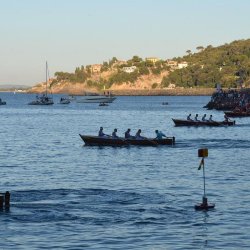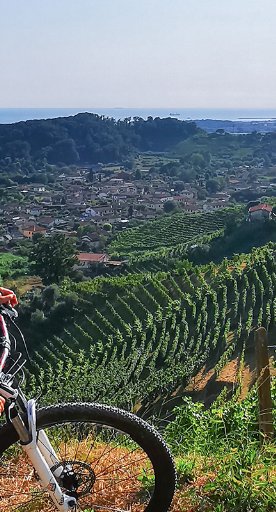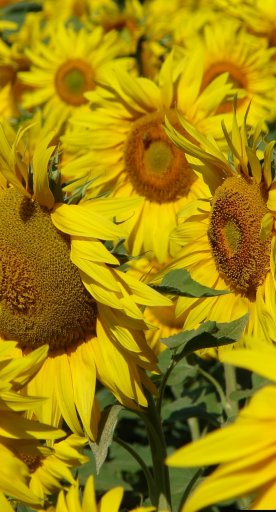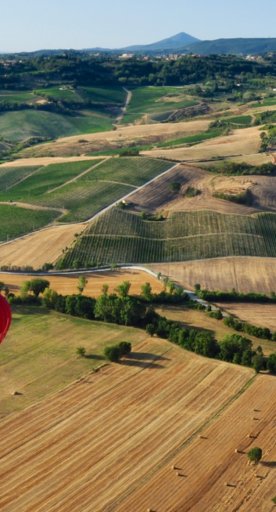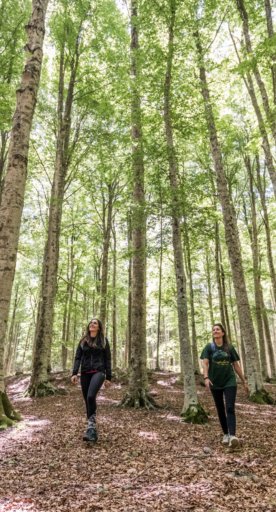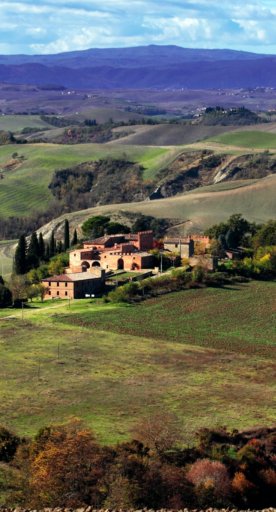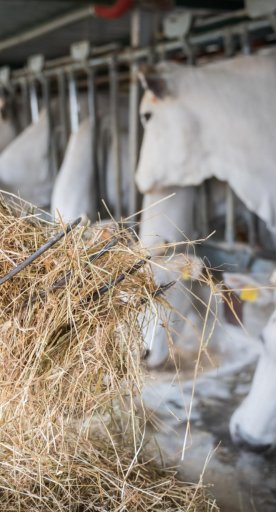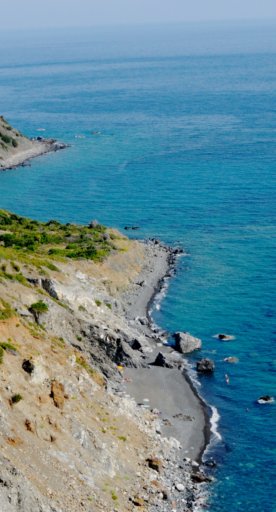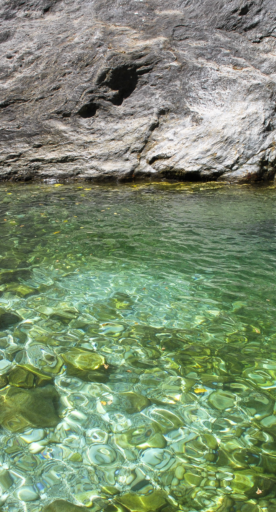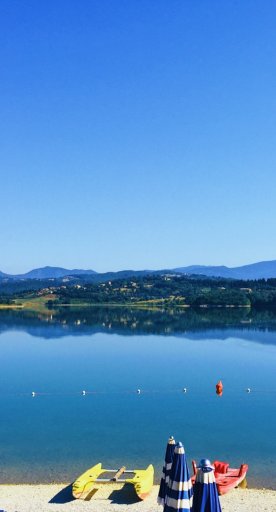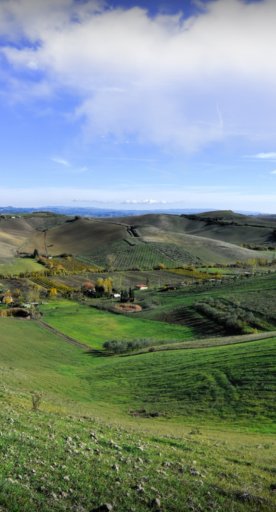Svizzera Pesciatina, a Switzerland in Tuscany!
It may sound odd but yes, there is a Switzerland in the Valdinievole area of Tuscany
In Tuscany there is an area in the Valleriana area, north of Pescia, that is called Svizzera Pesciatina (Swiss Pescia), a name inspired by the famous Swiss historian and economist Jean Charles Léonard Simonde de Sismondi. A keen traveller during his life, he found many similarities with the alpine landscapes of his native country in this corner of Tuscany, fell in love with it and decided to retire here.
This area consists of ten medieval hamlets, known as castella, constructed in the local stone called pietra serena, which is still quarried in the area. The hamlets are Pietrabuona, Medicina, Fibbialla, Aramo, Sorana, San Quirico, Castelvecchio, Stiappa, Pontito and Vellano. There is actually also an eleventh one, Lignana, of which only a few ruins remain.
The landscape is perfect for walking. A popular trail connects the ten castella, each surrounded by areas of untouched nature, and the characteristic oak and chestnut woods. The route starts from Pietrabuona, following the river Pescia and it's about six hours long. This is not, of course, the only way to reach the ten castella, they can be accessed also by a paved road.
-
1.Pietrabuona
-
2.Medicina
-
3.Fibbialla
-
4.Aramo
-
5.Sorana
-
6.San Quirico
-
7.Castelvecchio
-
8.Stiappa
-
9.Pontito
-
10.Vellano
Pietrabuona
This first castella, situated on a hill 110 metres above sea level, is considered the gateway of the Swiss Pescia. Its name comes from the stone quarries of the area (pietra means "stone" in Italian). Pietrabuona was once the scene of bloody battles between Florence and Lucca, during the period of the Middle Ages. Here you will find an ancient church dedicated to Saints Matthew and Columbanus, inside are two wooden statues representing ancient St. Matthew and St. Michael. There is also the interesting Paper Museum, dedicated to old paper processing, a local traditional activity.

Medicina
In this hamlet you can find a castle known for its ancient church dedicated to saints Sisto and Martin. Built in the fifteenth century, it crowns the high wooded hill where the town is located and its bell tower is supposedly an ancient watch tower. Here there are also many farmyards, where people worked and harvested agricultural products.

Fibbialla
The third hamlet on the trail is located 424 metres above sea level and is one of the most intact in the area. There are some paintings from the seventeenth and eighteenth centuries and an interesting fifteenth-century sculpture depicting the Virgin of the Annunciation.
Aramo
Situated on a peak overlooking the valley below, this castella was the scene of bitter fighting in the fifteenth century, looted and largely destroyed. In the highest point of the town stands the church of San Frediano.
Sorana
This old village, nestled on the slopes of Mount Petritulo, takes its name from the fortress, which was once called “sovereign” (sovrana) due to its location overlooking the valley. Today,only a few ruins of the fortress remain. The village has an elliptical shape that culminates in the square, where there is the church dedicated to Saints Peter and Paul. Sorana is famous for the production of a particular type of bean, the Fagiolo di Sorana, that in 2002 has obtained PGI (Protected Geographical Identification) certification and that has made the village a foodies destination.

San Quirico
This village lies on the eastern slope of Mount Battifolle, offering a panoramic view of the whole valley. It is well known for its unique urban structure that resembles the shape of a fan. The beautiful Romanesque church of SS. Andrea and Lucia overlooks the village and inside are the remains of its ancient structure and a beautiful fifteenth-century baptismal font. The centre of San Quirico is characterized by its crisscrossing picturesque alleys, which pass through small tunnels under the buildings.

Castelvecchio
This hamlet is known for its beautiful Romanesque church, one of seven founded by the Bishop Frediano in the sixth century. In the centre of the village of Castelvecchio there is the Oratory of SS. Rosario, entirely decorated with the Stories of the Virgin and Christ: the fresco is done by an unknown Florentine master, dating from around the sixteenth century. The medieval town retains its original structure of charming streets that climb up to the castle church of St. Ansano. Castelvecchio is also known as the village of the ice-cream makers, a tradition that came about thanks to Aurindo Ferrari, who mastered the art of ice cream and taught it to the children of the village, helping them to make a fortune from it all over Italy.

Stiappa
Nestled on the slopes of Mount Battifolle, 627 metres above sea level, this old town has, for centuries, marked the division between the Grand Duchy of Tuscany and the Duchy of Lucca. The main sights include the church of Santa Maria Assunta, located in an elevated position and with an architecture that recalls Romanesque art. From Stiappa you can go down to the Mill of Fontanone on a path called “Way of the Mills.”
Pontito
It is the highest village of the valley (the castle is located 749 metres above sea level) and it was home of the figurinai (figurine makers), the artisans of plaster figurines: with their casts they have given life to characters, mostly of religious inspiration, and sold them all over Europe. Its unique building structure in the shape of a fan is easily recognizable from any angle and makes it one of the most characteristic places of the entire valley.

Vellano
The final hamlet is the capital city of the Svizzera Pescaitina and was once a popular holiday resort. This village has a scenic location over the valley of the river Pescia. It is known for its parish church of SS. Sisto and Martin, once part of an ancient abbey of Benedictine monks. In Vellano there is also the only quarry of pietra serena still working in the whole area of Pistoia and the Museum of History and Ethnography of the Miner Quarryman, where you can see the working tools used in the quarry and a rich collection of minerals.










